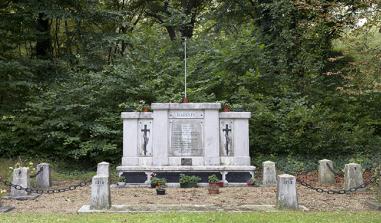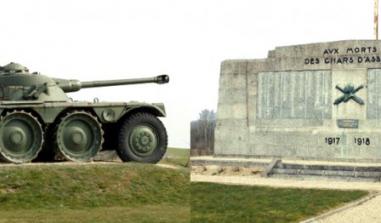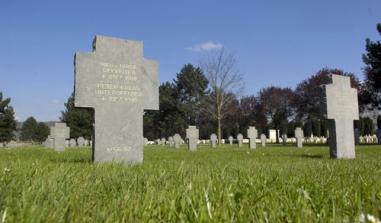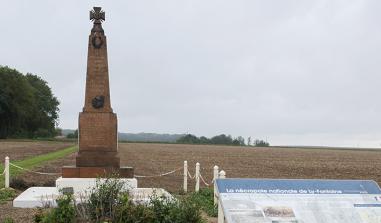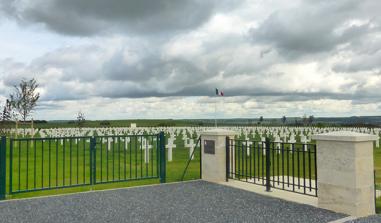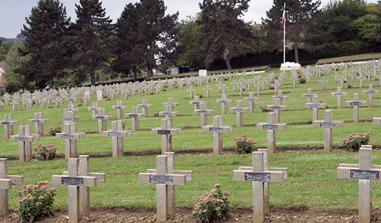Soupir 1 National Cemetery
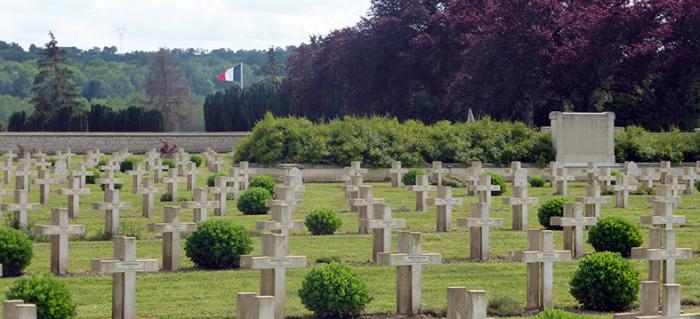
Soupir 1 National Cemetery. © Guillaume Pichard
Click here to view the cemetery’s information panel 
Built near a former first-aid post, Soupir 1 National Cemetery holds the remains of French soldiers killed in the battles of Chemin des Dames between 1914 and 1918. Laid to rest here are the bodies of 7 806 French soldiers who died in the First World War, including 2 822 in three ossuaries and 266 in four mass graves exhumed from the sites of Vieil-Arcy, Athies-sous-Laon, Glennes and Pargny-Filain. One Belgian and one Russian lie alongside the French servicemen. In view of the growing number of bodies exhumed on the Chemin des Dames battlefield, in 1934 the military authorities had a second cemetery, Soupir 2, built opposite this one.
Kanak riflemen in the Aisne: the Pacific Mixed Battalion
The Bataillon Mixte du Pacifique (Pacific Mixed Battalion – BMP) was formed of Kanak, Caledonian and Tahitian soldiers. From August to October 1917, these men shored up their position in the Ailette sector. In June 1918, they fought in the Battle of Matz. Attached to the 418th Infantry Regiment, this unit took part in the bloody attack on the Pasly plateau, near Soissons. On 25 October, the BMP distinguished itself during the capture of Vesles, Caumont and Le Petit Caumont farm. In the space of a few hours, 32 Kanaks, ten Tahitians and five Caledonians were killed. Today, the national cemeteries of Flavigny-le-Petit, Soupir, Ambleny and Cerny-en-Laonnois contain the remains of these soldiers, like Alosio Waangou, a native of Saint-Gabriel-Pouébo, New Caledonia, who was killed on 29 September 1918 on Hill 193 and is buried in grave no 3113.
The Chemin des Dames, a key sector on the First World War front
From the very first weeks, the Chemin des Dames plateau was fought over by the belligerents, who knew that, by occupying this strategic position, they could observe the plains of Reims and Soissons. After the Allied push across the Marne, the enemy retreated to the plateau, which was progressively fortified. In autumn 1914, violent fighting broke out in the sector of Vailly-sur-Aisne, Crouy and on Hill 132.
On the eve of spring 1917, the French planned to launch a massive offensive in this sector that had hitherto been spared. But the German retreat to the Hindenburg Line forced General Nivelle to rethink the focus of the operation. On the morning of 16 April, after an intense bombardment which proved to be of limited impact, the first waves went over. After climbing the slopes of the plateau, they came up against barbed wire, much of it intact, and were mown down by machine-gun fire. At a cost of major sacrifices, the French reached the plateau’s ridge. On the 17th, despite difficult weather conditions, they persevered in their efforts. Yet a lack of success saw Nivelle’s authority crumble. From 16 to 30 April, 147 000 men were put hors de combat, 40 000 of them dead.
On the verge of collapse, French morale wavered. With the failure of the offensive, mutinies broke out in the ranks of some units, who refused to go to the front. When protests became more widespread in May 1917, the military authorities reacted. Many arrests were made. Those held to be the ringleaders were tried and sentenced by military tribunals. Over 500 death sentences were passed, then commuted by the political authorities. Even so, nearly 30 were carried out. Meanwhile, a more effective system of rotation and leave was introduced.
During the summer, fresh attacks with more limited objectives were launched against strategic positions on the plateau, namely at Craonne and Laffaux. With autumn came the Battle of Malmaison. In the spring of 1918, the Chemin des Dames was once again fiercely contested. On 27 May 1918, the Germans surged forward, shaking up the French positions. They quickly occupied the Chemin des Dames. The front was broken. But on 18 July, the movement was halted. The Allies counter-attacked, pushing back the enemy. During the weeks that followed, the fighting raged. On 10 October, one month before the armistice, the Germans abandoned the plateau for good to French and Italian troops.
Soupir 1 National Cemetery. © Guillaume Pichard
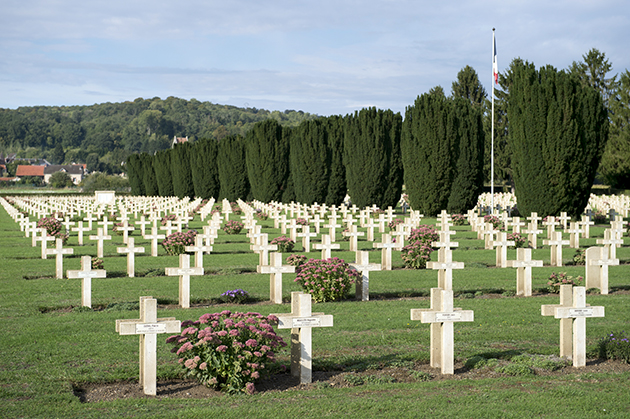
Soupir 1 National Cemetery. © ECPAD
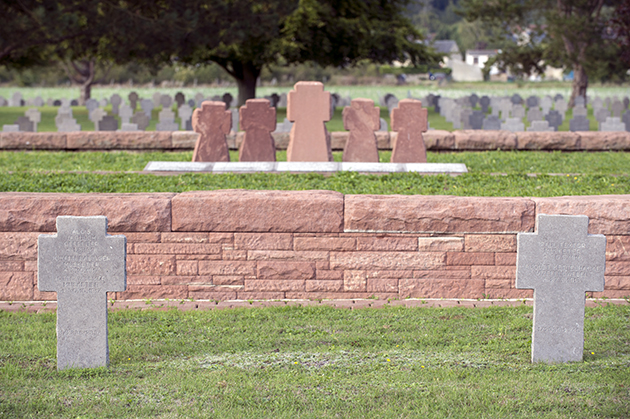
Soupir 1 National Cemetery. © ECPAD
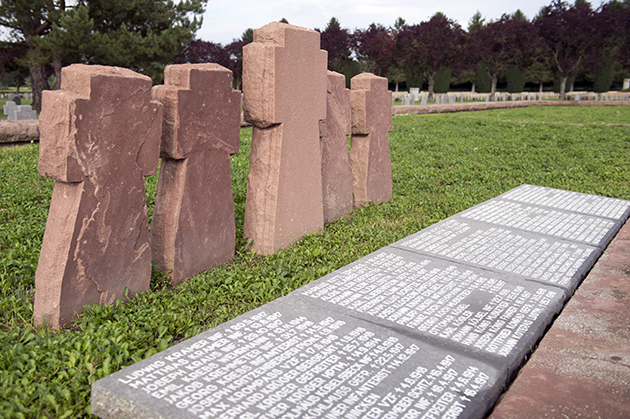
Soupir 1 National Cemetery. © ECPAD
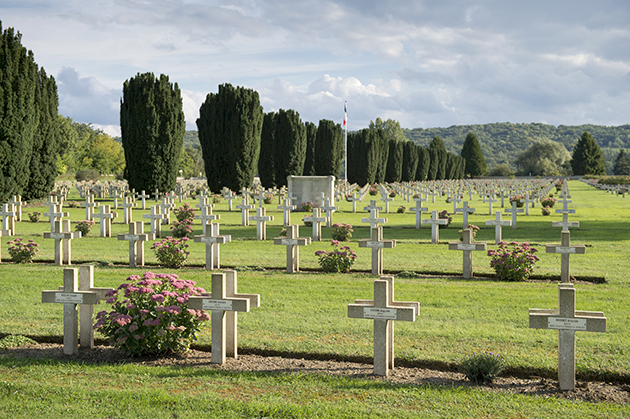
Soupir 1 National Cemetery. © ECPAD
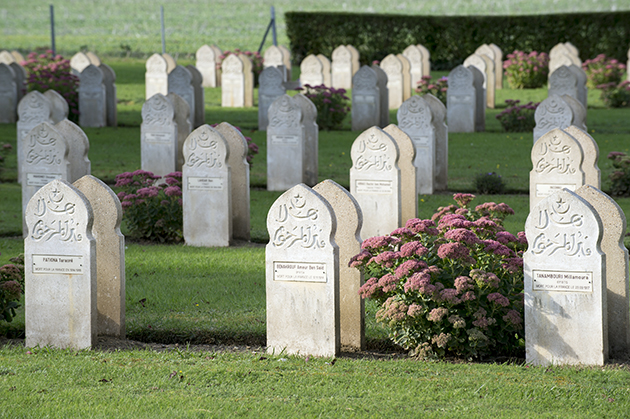
Soupir 1 National Cemetery. © ECPAD
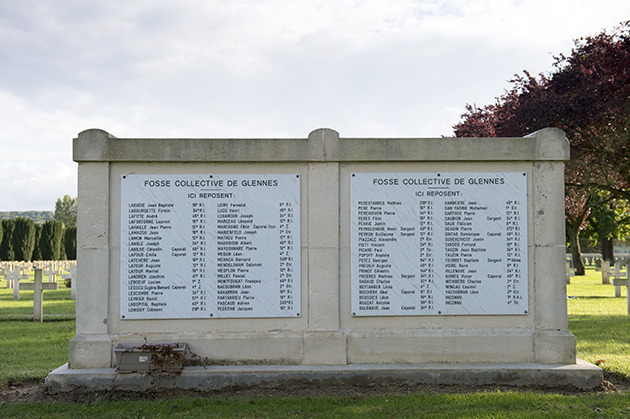
Soupir 1 National Cemetery. © ECPAD
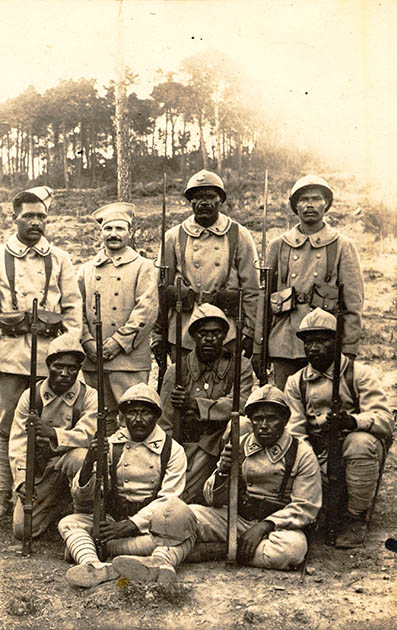
Riflemen of the Pacific Mixed Battalion at Brenouille. © Archives de la Nouvelle-Calédonie/Albums of the Archdiocese of Nouméa, 1 Num 2-1430
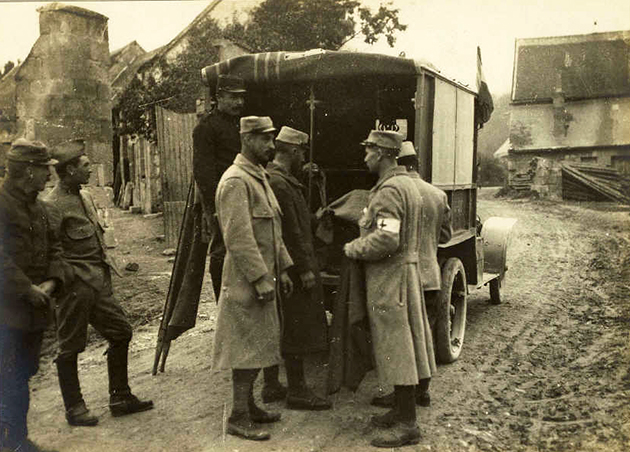
Soupir, August 1915. An ambulance in the grounds of the chateau. © Collections BDIC
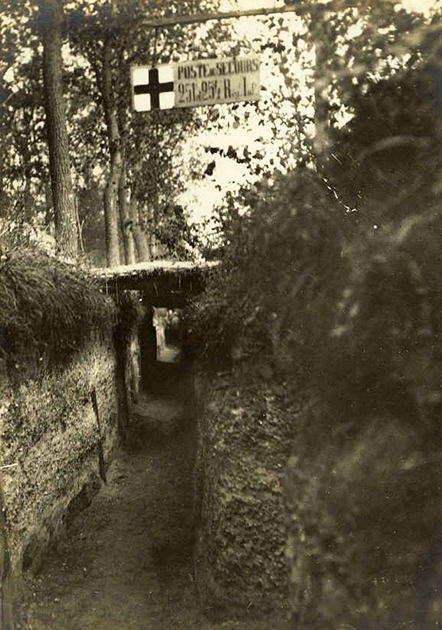
A first-aid post in a trench, Soupir sector, 1915. © Collections BDIC
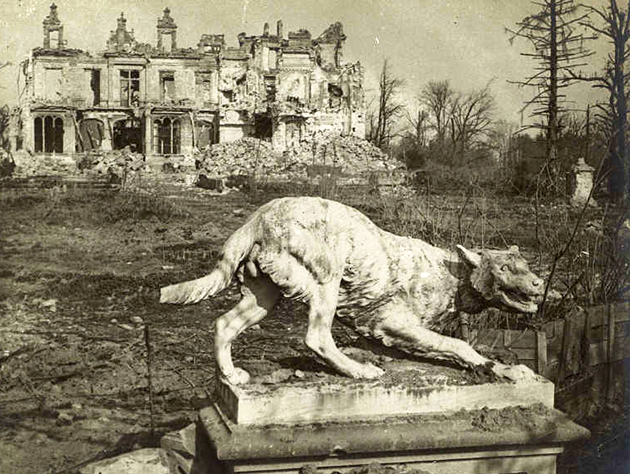
The bombed façade of the Chateau of Soupir, April 1917. © Collections BDIC
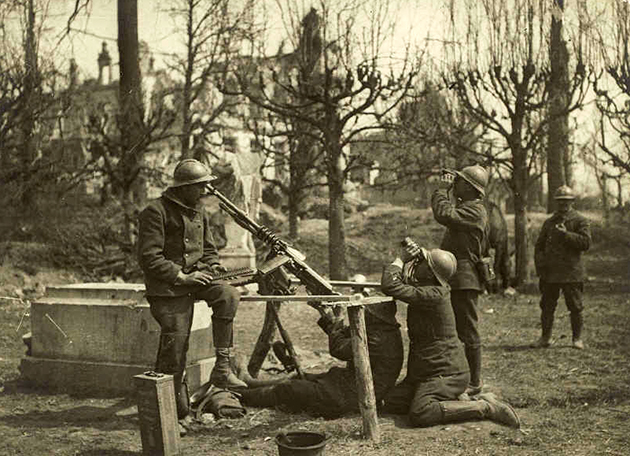
An anti-aircraft gun in position in the Chateau of Soupir, May 1917. © Collections BDIC
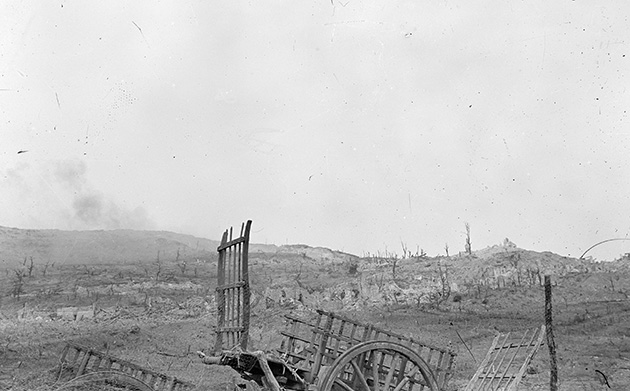
Ruins of the village of Craonne, May 1917. On 5 May 1917, concentrating their attack between Hurtebise farm and Craonne, the 35th and 36th Infantry Divisions succeeded in seizing the Californie plateau from the German Guard Corps. Despite considerable losses, this success did not change the course of the conflict. After the war, the ruins of Craonne were given “red zone” (zone rouge) status, and the village was rebuilt a few hundred metres from its original site. © ECPAD
Practical information
02160 Soupir
25 km east of Soissons, beside the CD 925 (Soissons/Neufchâtel-sur-Aisne) road
Unguided visits throughout the year
Read more
Read more
Aisne Departmental Tourist Board
26, avenue Charles de Gaulle
02007 Laon Cedex
Tel.: +33 (0)3 23 27 76 76



